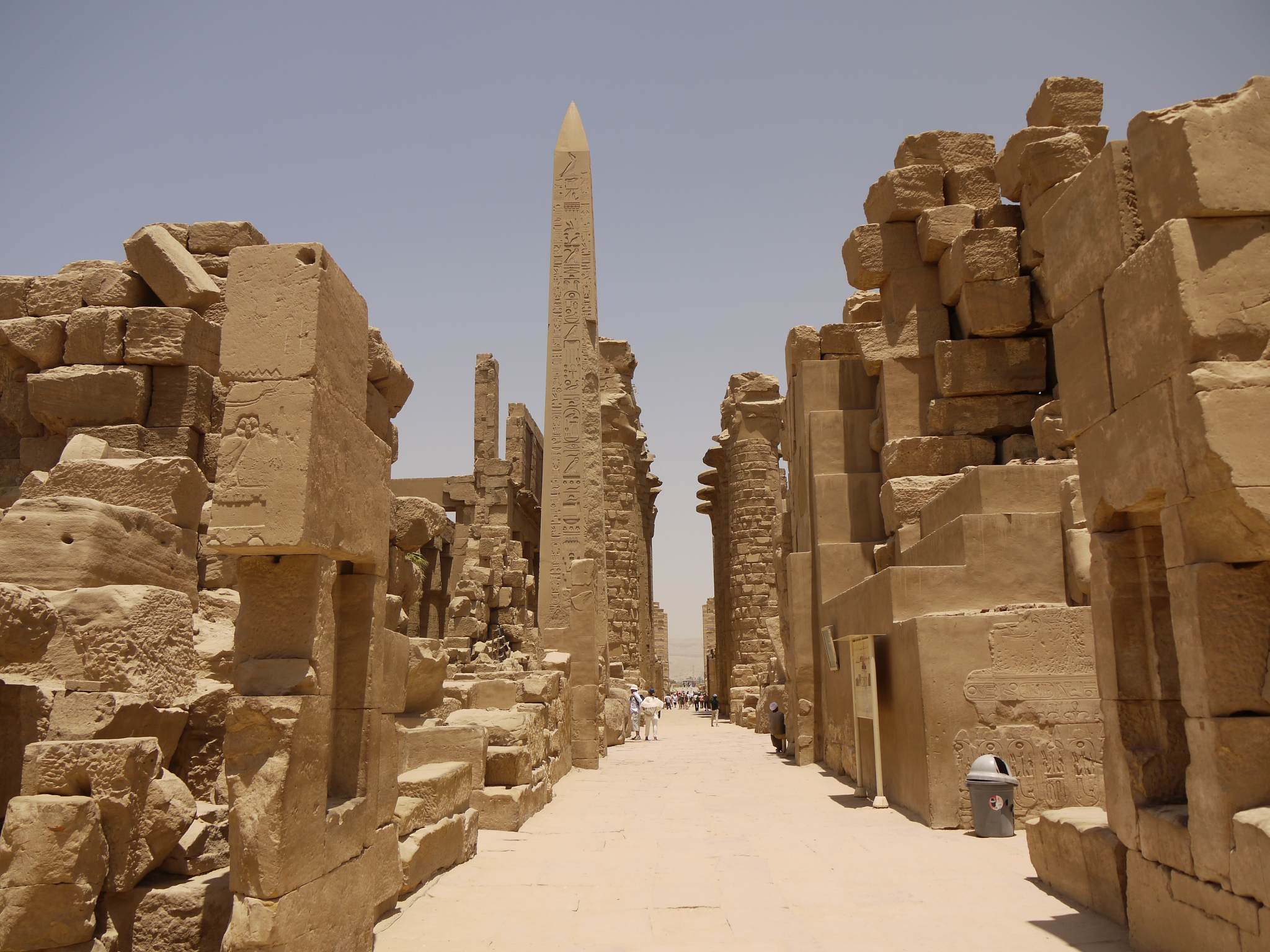Karnak, located on the East Bank at Thebes, is one of Egypt’s largest surviving temple precincts and is the largest of Luxor’s temples. It was founded in the Middle Kingdom, it had become Egypt’s principal religious center by the New Kingdom.
It was devoted primarily to the God Amun, a local Theban God joined with the sun god Re to become king of the Egyptian pantheon. Kings from the Middle Kingdom through the Roman era dedicated architectural elements such as pylons (monumental gateways), courts, temples, and shrines to the precincts of the Theban triad: Amun, his consort Mut, their son Khonsu, and the war god Montu, creating the sprawling zone we see today.
What makes this temple a unique temple among the other temples and sites in Egypt is the length of time over which it was developed and used. Approximately 30 pharaohs contributed to the buildings, enabling it to reach a size, complexity and diversity not seen elsewhere.
The Amun precinct at Karnak is approached from the Nile along an avenue lined with ram-headed sphinxes.(Avenue of Sphinxes) that once stretched the two miles from Karnak to Luxor Temple. The Hypostyle Hall in Amun precint holds 134 colossal columns in the shape of papyrus bundles


